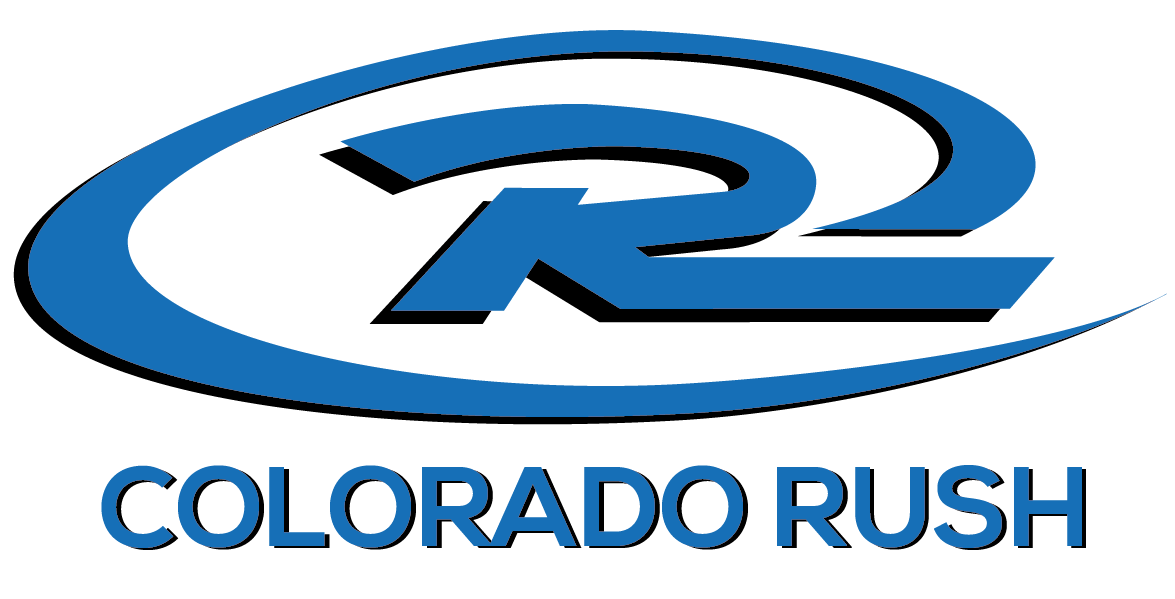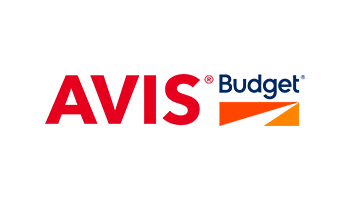#ColoradoRush
ada GUIDeLINES
COLORADO RUSH ADA GUIDeLINES
ADA Guidelines for Staff, Coaches and other instructors
The purpose of this guide is to ensure that all young athletes with disabilities are included and have an equal opportunity to participate in Colorado Rush programs. Here are the CO Rush guidelines for implementing Colorado Rush’s ADA Policy and interacting with the ADA Liaison regarding a young athlete with disabilities who is participating on your team or in your program.
- Notify the ADA Liaison of your players with disabilities. If you, as a coach and/or representative of Colorado Rush, become aware that a player has a disability, it may need to be communicated to the Colorado Rush ADA Liaison. Contact the Colorado Rush Liaison to inform them of a player who is disabled that will be participating on your team. This is particularly important if the player or the player’s family has made a request for an additional service, aid, rule, or other special request because of the player’s disability. Provide the player’s name, parents’ or guardians’ name, phone number, and email address to the ADA Liaison. The ADA Liaison will contact the parent or guardian to welcome to the club and assist in any needs the player may have to compete in the upcoming season.
- Remember, not all disabilities are physical in nature, and some disabilities are invisible.
- The player and/or player’s family need not provide you with proof of a disability for you to notify the ADA Liaison about that player’s need. The ADA Liaison will communicate with the family, following CO Rush’s ADA Policy, to determine what information is needed.
- You have an important role in implementing CO Rush’s ADA Policy. Should modifications or auxiliary aids and services be approved for the player, the ADA Liaison will notify you of what is required. You are responsible for ensuring that this player receives the approved modification or auxiliary aid and service. It is very important that you implement the agreed-upon items at all times.
- A modification or auxiliary aid or service is not always a “thing.” Coaches have to adapt drills and activities all the time for athletes who don’t understand the drill, cannot do it correctly, or have to do it differently because of a temporary injury. It could just be a different way of doing things, for example, a deaf athlete may want the drills for the day written on a board. If Johnny has an amputation he may have to kick differently, and he should not be penalized for improper technique. An athlete with diabetes may need to take an extra break when other players are not permitted to so that the athlete can drink or eat.
- Consult with the athlete and the family as to how to share modifications and auxiliary aids and services with the rest of the team. Be sensitive to any concerns about how to talk about or address a disability. Do not share the nature and extent of a player’s disability unless the family has consented.
- Generally, coaches are very creative in coming up with new ideas and they can do this to help the athlete with a disability succeed. It is also okay to ask the athlete the best ways for him/her to be successful. If you develop a new technique, rule, practice, or other item that relates to accommodating an athlete’s disability, you must notify the ADA Liaison so that the Liaison can track the services being provided to the player with a disability.
- Notify referees of any special circumstances regarding a player on your team with a disability that may impact the rules of play based on the CSA rules of play policy. Communication ahead of time is key.
- Working with players with disabilities is an opportunity. Coaches should embrace the opportunity to coach all players within the team including players with disabilities. The players on the team are lead by the coach and will embrace the player as the coach does. The team will also benefit and gain new experiences. Coaches should focus on inclusion and should not place undue attention on differences or impacts of a player’s disability. Many of the techniques for inclusion can help all athletes. Coaches should also expect and ensure that all members of the team are supportive of one another.
- Provide all opportunities and responsibilities for the athlete with a disability that you would any athlete without a disability. This includes, but is not limited to, being a captain, playing in different positions on the field, and providing an equivalent evaluation process for all players, considering any modifications because of the player’s disability. If you expect the rest of your players to pick up their equipment at the end of training and/or games, create accountability for all players by making sure the athlete with a disability also follows this same rule.
- Don’t hesitate to ask questions. If you need assistance on how to provide an opportunity to a player with a disability, please contact the Colorado Rush ADA Liaison. If you would like more information, please read CO Rush’s ADA Policy, or seek advice from the Colorado Rush ADA Liaison. If you have a concern or need additional information on how to work with a specific disability, please reach out to the Colorado Rush ADA Liaison.
John Carroll
ADA Liaison
Colorado Rush Soccer Club
303-931-0298
jcarroll@coloradorush.com





